Latest Posts by we-are-all-paranoid - Page 4
To students taking exams right now:
You are smarter than you know
It is almost over, just keep holding on
You are not your grades, and your grades don’t define your intelligence
Trust and believe in yourself
Stop comparing yourself to others
Remember to drink water (not just coffee)






Journey to the Microcosmos- Flatworms: Simple Wiggly Tubes
Images Originally Captured by Jam’s Germs
Quote Voiced by Jam’s Germs

The bacteria wars are coming. Researchers at Tel Aviv University have pitted “good” bacteria against “bad” bacteria and the good guys, it appears, are winning.
If the system can be scaled, this new approach could potentially replace antibiotics, which are increasingly struggling against antibiotic-resistant “superbugs.” For the TAU study, the researchers used a toxin injection system known as a “Type 6 Secretion System.” It’s usually deployed by pathogenic (“bad”) bacteria. They introduced the system into a “friendly” bacterium, Vibrio natriegens, which is not harmful to humans. The researchers described their technology as similar to a microscopic poison arrow shot from a good bacterium to eliminate a bad bacterium under specific conditions. “The system that we built allows us to engineer ‘good’ bacteria that can recognize pathogenic bacteria, attack them with toxins, and neutralize them,” explains Dr. Dor Salomon, who co-led the study. “We know how to change and control every component in the system and create a bacterium that neutralizes different strains of bacteria. This is proof of feasibility, showing that we have the knowledge and ability to create bacteria that take advantage of this killing system and may serve as antibiotic treatments. ”The current bacteria prototype is best suited for bugs that occur naturally in saltwater. This is a growing concern, as fish and seafood constitute a major food source in many regions of the world. “Their productivity is severely impaired as a result of bacteria-borne diseases,” Solomon notes, “and since we want to avoid pouring antibiotics into aquaculture farms, a biological solution such as the one we have developed is an effective alternative.” The system will eventually be adapted to treat pathogenic bacteria in humans, farm animals and plants. Tel Aviv University has filed a patent application through Ramot, the university’s technology-transfer company. In addition to Solomon, Dr. Biswanath Jana and Kinga Kappel of the department of clinical microbiology and immunology at TAU’s Sackler Faculty of Medicine participated in the research. The results were published this month in the scientific journal EMBO Reports.





"Pelomyxa are giant amoeba, capable of growing as much as 5 millimeters in length. So it doesn't seem like they should be that difficult to find. In fact, Jame--our master of microscopes--found hundreds of them filling up his pond tank, completely visible without the help of a microscope. They were so large that he actually took one and touched it. So, if you would like to know what it feels like to pet an amoeba, he is now an expert. He says, "It's squishy.""
Journey to the Microcosmos- The Microbe That's Big Enough to Pet
Images Originally Captured by Jam's Germs
Quote Voiced by Hank Green
“Here I am, trying to stop my grandma from taking amoxicillin for headaches.”
Let’s use antibiotics safely and responsibly, please.
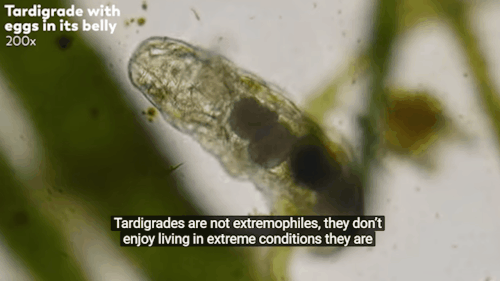
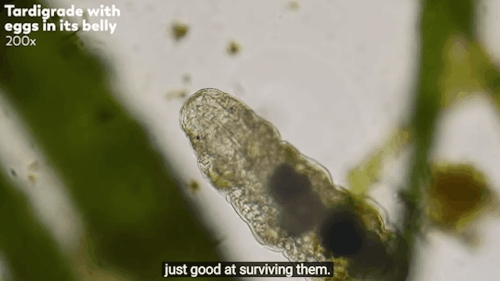
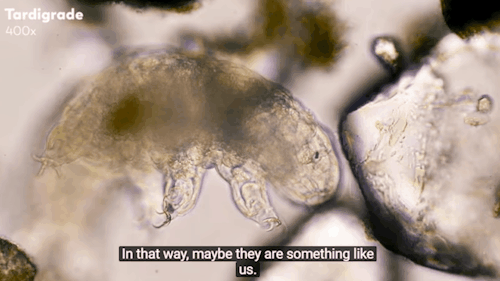
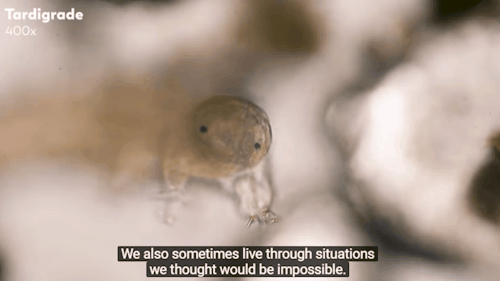
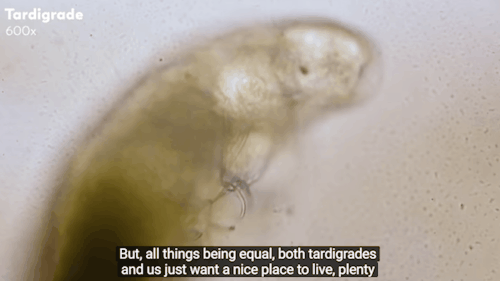
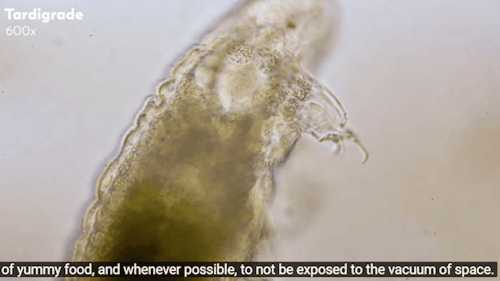
Journey to the Microcosmos: Tardigrades: Chubby, Misunderstood, & Not Immortal
Images originally captured by Jam’s Germs
Thank you @airyearthgirl for inspiring me to gif these amazing lines

The zebrafish is used as model in developmental biology. Here two juvenile fish of just two days old. © MPI für Entwicklungsbiologie/ Jürgen Berger/ Mahendra Sonawane
via Frans de Waal - Public Page http://ift.tt/105kgEA
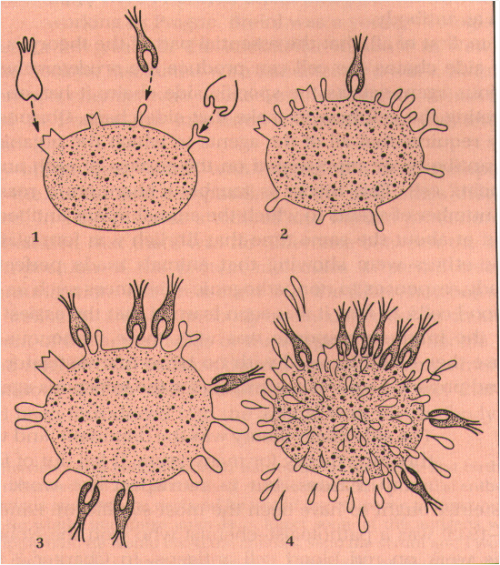
Antibodies are the secreted form of B-lymphocyte receptors and are a part of adaptive immunity, but how are these proteins formed?
Above is a diagram illustrating Paul Ehlrich’s Side Chain Theory of Antibody Formation. Ehlrich proposed that immunoglobulin molecules, a fundamental component of adaptive immunity, served as membrane bound proteins that bound to particular threats, similarly to the former “key in lock” view of enzymes in catalyzing biological reactions. Ehrlich also suggested that the action of binding a pathogenic molecule to the receptor would generate a signal to stimulate the production of more receptors of the same specificity. These “side chains” that were added on would then break off from the cell surface and become what we call antibodies.
We now know, however, that soluble immunoglobulin receptors are specially manufactured to be secreted as antibody, rather than just “breaking off” of the lymphocyte, even though they have the same specificity as their membrane-bound counterparts.
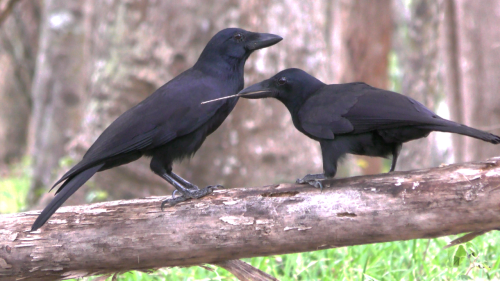
Like humans, these big-brained birds may owe their smarts to long childhoods
Human beings typically don’t leave the nest until well into our teenage years—a relatively rare strategy among animals. But corvids—a group of birds that includes jays, ravens, and crows—also spend a lot of time under their parents’ wings. Now, in a parallel to humans, researchers have found that ongoing tutelage by patient parents may explain how corvids have managed to achieve their smarts.
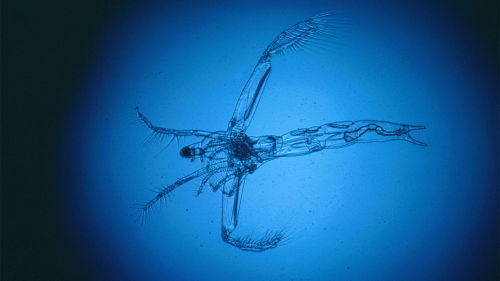
‘Ghost fleas’ bring toxic mercury up from the depths of prairie lakes
How toxic mercury moves through the environment—and accumulates in the fish that people eat—has been known for decades. Now, scientists have discovered an unexpected way that the neurotoxin circulates in lakes, hitching a late-night ride inside small predatory crustaceans dubbed “ghost fleas.” The finding helps explain why some lake fish contain surprising amounts of mercury. It also suggests researchers who sample lakes only during the day might be missing important clues to how those ecosystems work.


